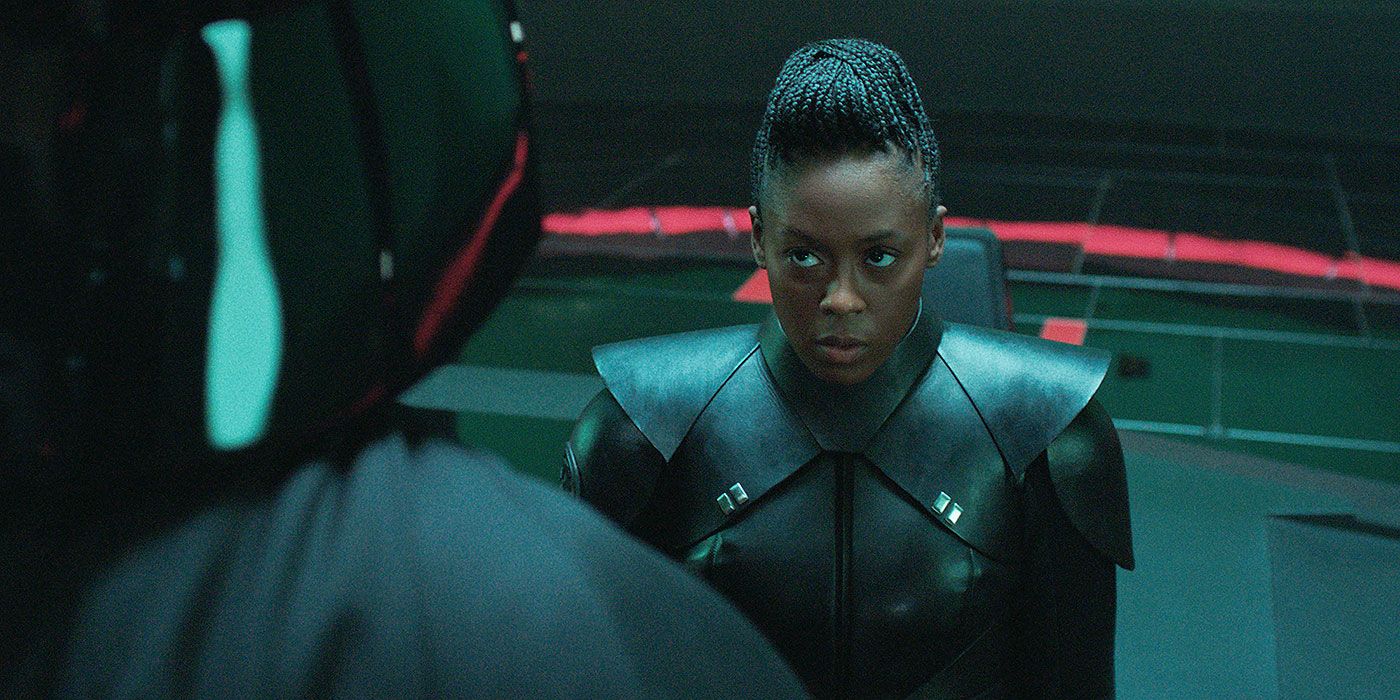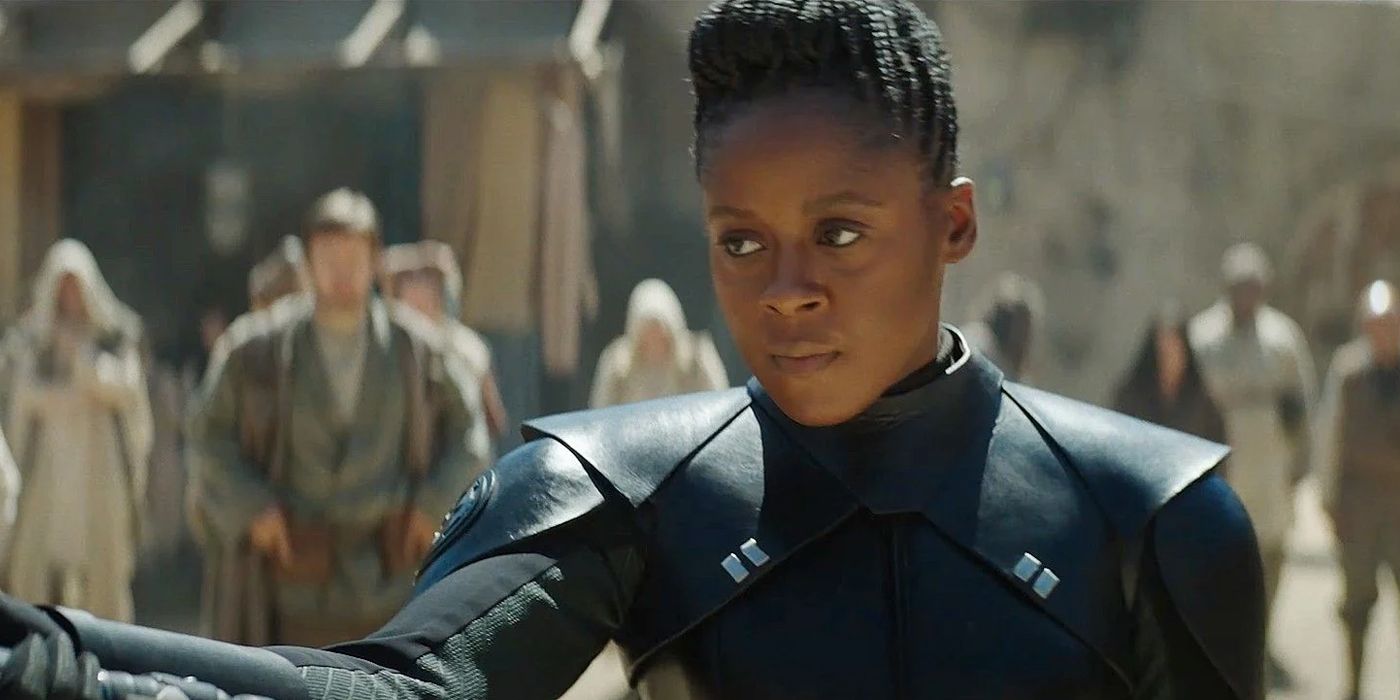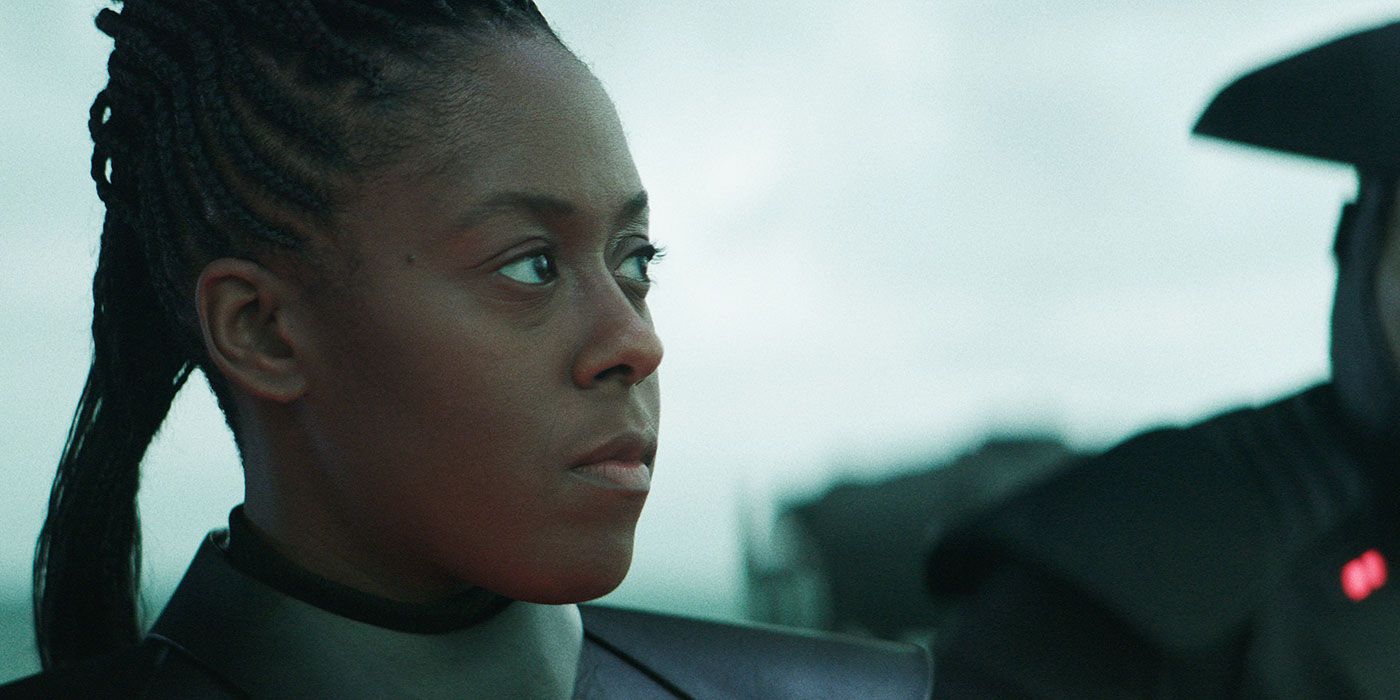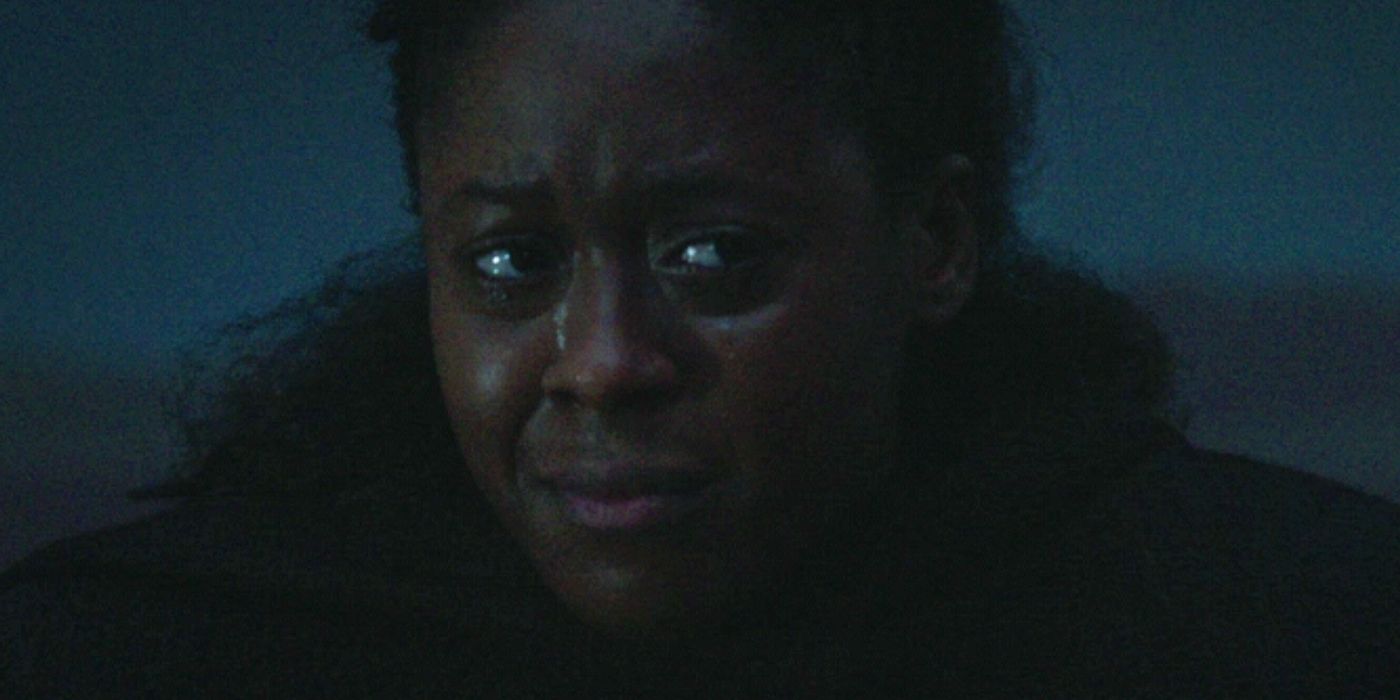Editor's Note: The following contains spoilers for the Disney+ series, Obi-Wan Kenobi.
Though preceded by impressive series that expand the Star Wars universe, Obi-Wan Kenobi was destined to stand out among its Disney+ counterparts. With the return of Ewan McGregor as Obi-Wan and Hayden Christenson as Anakin/Darth Vader, viewers anticipated revisiting the master and student's tumultuous post-Revenge of the Sith rivalry.
As expected, Vader shines in every scene he is in, drawing intrigue with his brutality and moral complexity. However, it is hard to forget that 14 years after the events of this series, the Sith Lord returns to the light side of the Force in Return of the Jedi, and acquires redemption by sacrificing himself for his son. With his tragic fate, he becomes the first of a recognizable Star Wars trope where a fallen character must sacrifice themselves to be redeemed. Another prominent example is Kylo Ren in The Rise of Skywalker, where he gives his life energy to save the hero protagonist, Rey. This is where Kenobi-original character Reva Sevander (Moses Ingram), a member of the Inquisitors, makes her most significant mark on the franchise. For the first time, we witness a Star Wars antagonist who does not have to lose their life after choosing the light side.
A common theme with villains in this franchise is that they are portrayed as lost causes without possibility for change, just for the dénouement to reveal that they can change, but not without becoming a martyr for good. Though Reva flips the script with her ending, many aspects of her overall narrative follow the same pattern as Kylo’s and Vader’s. Viewers may draw parallels between Reva and Anakin as she is swayed by her own agenda of avenging her fellow younglings the same as Anakin is motivated by his anger toward the Jedi Order.
Additionally, Kylo Ren is driven by his desire for power, which is elevated by a longing to surpass his forebears. Their personal motivations cause their every move to be unpredictable as their loyalties do not seem to lie with a particular organization. In A New Hope, Darth Vader is immediately established as a brutal enforcer. In one of his first scenes, he mercilessly chokes a rebel officer, and throughout the trilogy, he exacts the same force upon Imperial officers without a second thought. Reva is also established as ruthless from one of her first scenes in the series, where she attempts to slaughter a Jedi despite the Grand Inquisitor’s plan to interrogate him. Just as Vader is willing to purge his anger on anyone, Reva is willing to go to great lengths to capture Kenobi, even turning on her organization by assassinating (or so she thought) the Grand Inquisitor. As for Kylo Ren, he kills his own father even after being absolved of his sins and encouraged to turn away from evil. But his philosophy to gain power compels him to slaughter his Sith master, Snoke.
As each character’s anger leads them to become morally bankrupt, their eventual redemption is meant to be a payoff for viewers. Copious time is spent cultivating their depravity to emphasize that for people like them to become good, they must lose everything. More specifically, Kylo and Vader must prove their change to the audience by giving their lives to save their more righteous counterparts (Rey and Luke, respectively). And this is where Kylo and Vader’s similarities with Reva end.
Reva does not just garner sympathy from the audience; she receives a spotlight on her destiny and moral dilemma. Throughout Vader and Kylo’s respective movies, we are left in suspense whether they will turn from the dark side. Though in Vader’s case, the suspense is culminated in a specific scene where Palpatine is attempting to kill Luke. Viewers are left anticipating whether he will make a good or bad decision at that moment. However, with Reva, the “suspense” that could have occurred when she is about to kill Luke is eliminated through the fact that the audience knows Luke will live. So, as it is indicated before it even happens that Reva will not kill him, the tension lies with how she will be stopped or why she will spare him. In other words, she gains the audience’s full attention. Additionally, in Kenobi’s penultimate episode, Reva is stabbed by Darth Vader after her failed assassination attempt. The Grand Inquisitor tells her that “revenge does wonders for the will to live,” indicating that perhaps her desire for revenge is what gives her the strength to travel to Tatooine despite her grave injury. If that is the case, then viewers could have reasonably suspected that relinquishing her allegiance with the dark side would have led to her death in the end.
But after she decides that she cannot bring herself to kill Luke, Obi-Wan emphasizes that her past does not define her. When she asks if she has become Vader and is too far gone to be redeemed, Obi-Wan replies, “Who you become now — that is up to you. Now you’re free.” He extends a courteous hand to help her up from the ground. Not only does Reva survive despite her crimes, but she is able to find her will to live outside of revenge. Unlike Vader and Kylo’s final scenes, this sequence is not about satisfying the audience by sparing a beloved hero, but it is instead fully focused on what saving Luke means to Reva.
Though what further decisions she will make after her redemption are yet to be seen, Star Wars fans can relish in this refreshing message. Her redemption illustrates that a villain’s life does not have to be bound by a destiny of advancing a protagonist’s arc. Rather, Reva acquires the potential to traverse through her own arc, free of the desire for revenge that drew her to the dark side. Perhaps Reva, unlike the Star Wars villains that precede her, will properly face the consequences of her actions and take time to see the world through her newfound perspective. No matter where Reva ends up in the vast Star Wars universe, she remains a prominent story of someone whose past did not destroy her future, and who broke free from her hatred to redeem her life.




